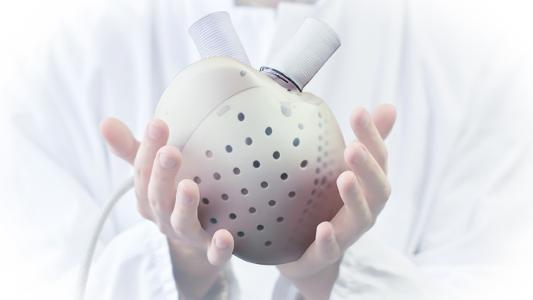Researchers at the University of California San Diego (UCSD) have developed a wearable health monitor that may bring us one step closer to the dream of Star Trek’s famous tricorder.
The monitor, a stretchy skin patch, can do it all: measuring blood pressure and heart rate, your glucose levels, as well as one of alcohol, caffeine, or lactate levels.
According to UCSD’s press release, the patch is the first device to demonstrate measuring multiple biochemical and cardiovascular signals at the same time.
“This type of wearable would be very helpful for people with underlying medical conditions to monitor their own health on a regular basis,” nanoengineering P.h.D student Lu Yin said in the release.
“It would also serve as a great tool for remote patient monitoring, especially during the COVID-19 pandemic when people are minimizing in-person visits to the clinic.”
While wearable health monitors and various fitness tracking apps have been pounding the pavement for a while now, COVID-19 has brought their potential to the fore, with rings, watches, and other devices scanning for signs of infection.
The body contouring patch consists of a thin polymer sheet that hosts a blood pressure and heart rate sensor and a pair of chemical sensors. One can measure alcohol, caffeine, or lactate levels in your sweat, while the other tracks glucose via intersitional fluid in your skin (the stuff floating between cells and blood vessels).
“The novelty here is that we take completely different sensors and merge them together on a single small platform as small as a stamp,” nanoengineering professor and co-corresponding author of the study Joseph Wang said in the release. “We can collect so much information with this one wearable and do so in a non-invasive way, without causing discomfort or interruptions to daily activity.”
While the patch currently can only keep tabs on your cardiovascular stats, glucose, and one of the other three measurements, they could theoretically do all at once “but that would require a different sensor design,” Yin said.
Unlike some wearable health monitors that apparently aren’t good for much, the UCSD patch has some theoretical use cases beyond self-improvement.
The cardiovascular measures and glucose levels are key concerns for diabetics; blood pressure diving and lactate climbing like an air show is a sign of sepsis. And for infants in the NICU who require constant monitoring with quite a few needles and wires, a soft, wearable patch has obvious appeal.
To test the patch, subjects wore them on their neck while performing a combination of tasks: riding an exercise bike, drinking alcohol or caffeine, and eating a sugar-saturated meal.
The results, published in Nature Biomedical Engineering, closely matched measurements taken from other commercial-grade measuring devices (e.g., blood pressure cuffs, glucometers, and blood lactate meters).
More sensors are on deck for the patch’s next iteration.
“There are opportunities to monitor other biomarkers associated with various diseases. We are looking to add more clinical value to this device,” study co-first author and nanoengineering P.h.D student Juliane Sempionatto said in the release.
And the current blood pressure sensor’s a bit power hungry, necessitating a bench-top plug to take its readings — that’s gotta get sorted out, too.
“We want to make a complete system that is fully wearable,” said Lin.
We’d love to hear from you! If you have a comment about this article or if you have a tip for a future Freethink story, please email us at tips@freethink.com.






